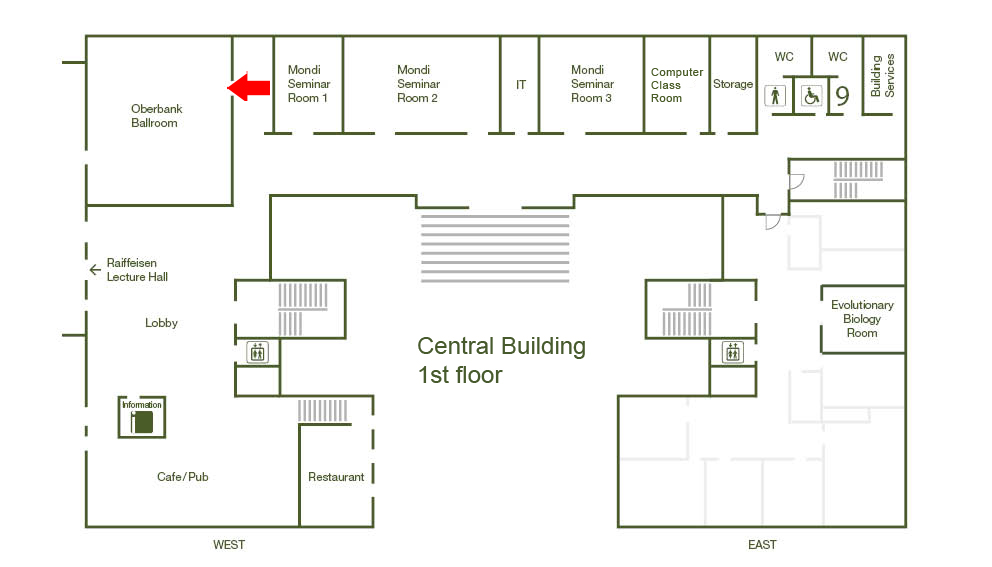Thesis Defense: Asymmetrical modulation of fear expression via GABAB receptors in the mouse medial habenula

The medial habenula (MHb) is implicated in regulating emotional responses to aversive events. Studies in zebrafish have identified a remarkable morphological left-right asymmetry in the dorsal habenula (zebrafish equivalent of mammalian MHb)-to-interpeduncular nucleus (IPN) pathway and its left-side specific role in modulating fear responses. However, there is little evidence for structural or functional lateralization in the mammalian MHb-IPN pathway.
Here, I investigated the synaptic properties of the left and right MHb afferents to the IPN in mice and addressed whether these synaptic connections selectively influence the expression of conditioned fear in mice. My findings reveal that each individual IPN neuron receives inputs from both left and right MHb. Electrophysiological recordings from the same postsynaptic IPN neurons demonstrate that the left MHb-originating synapses exhibit lower release probability and higher -aminobutyric acid type B receptor (GABABR)-mediated potentiation compared to the right MHb-originating synapses. Interestingly, chemogenetic inhibition of cholinergic neurons in the left but not the right MHb significantly attenuated cue-dependent fear recall. Furthermore, conditional deletion of GABABR in the left MHb interfered with the recall of cued fear memory, whereas that in the right MHb neurons spared fear memory expression.
Collectively, I demonstrate a functional asymmetry of the MHb in mice, revealing a predominant role for GABABR-mediated signaling in the left MHb-IPN pathway in the modulation of fear memories. These findings suggest that lateralized pathways could represent a fundamental principle in the neural regulation of emotion across species.